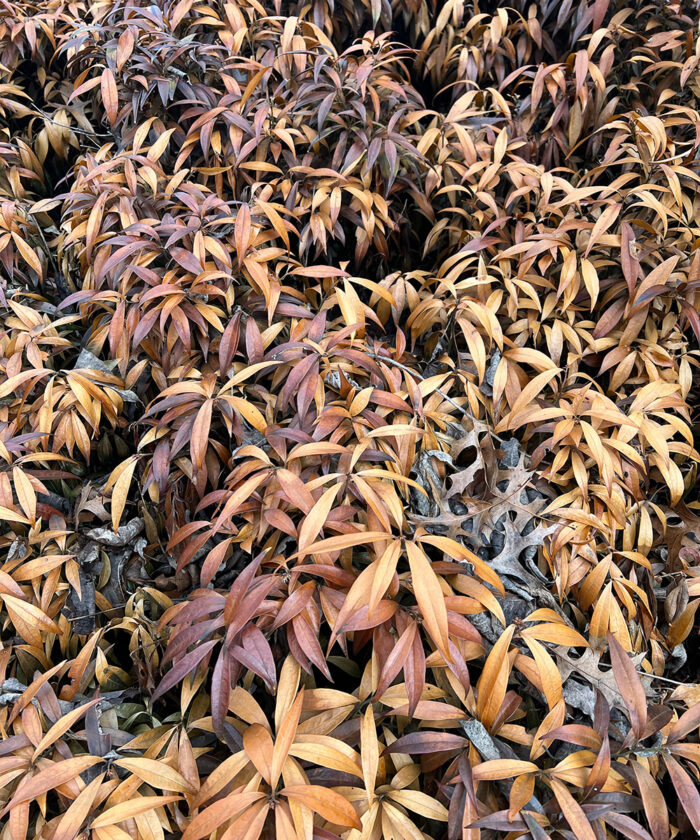
The 2022 holiday season in the South and southeastern United States blew in with a winter storm that will not soon be forgotten. Our region missed much of the snowfall that wreaked havoc across the Midwest and Northeast. However, wind and cold temperatures packed a punch for our power grids and landscapes over an extended period of time. Now we find ourselves starting 2023 with many questions about the extent of damage and next steps for our lawns and landscapes. Before we get to action steps, let’s recap recent events and learn how to revive plants after an unexpected freeze.
What is the difference between a minor cold spell and a major freeze event?
The weather event that just occurred in the South presented itself as a 40°F drop in much of our region from the evening of December 22 through the next morning. For many, this rapid drop was accompanied by gusty winds and sustained temperatures below 15°F for at least 32 hours. Shockingly, temperatures didn’t rise above 32°F for more than 80 hours in most places. This combination of circumstances is what led to big problems. Freeze damage in plants is largely the result of ice formation within the plant that punctures cell walls, and those temperatures across the region were severe enough for this to occur. Additionally, the rapid drop meant plants were less able to implement internal defense measures to tolerate low-temperature stress. Wind also contributed to desiccation (drying), which can injure plants.
What types of plants are susceptible, and what does the damage look like?
Damage from this type of frigid weather is wide reaching. Most warm-season turf grasses, such as zoysia grass and Bermuda grass, had already transitioned into winter dormancy before this event, so signs of damage won’t appear until warmer weather in the spring. Injury on cool-season turf grasses is now quite visible, with leaves that are usually green having brown, necrotic tissue.
Many conifers are now showing a golden or brown coloration, but we will not know the extent of the injury for a few more months. Low temperatures might have been especially harmful to landscape plants such as these:
- Distylium (Distylium spp. and cvs., Zones 7–9)
- Holly (Ilex spp. and cvs., Zones 3–9)
- Indian hawthorn (Rhaphiolepis spp. and cvs., Zones 7–9)
- Arizona cypress (Cupressus arizonica, Zones 7–9)
- Osmanthus (Osmanthus spp. and cvs., Zones 8b–11)
- Chinese fringe flower (Loropetalum chinense, Zones 7–11)
- Fig (Ficus spp. and cvs., Zones 6b–9)
Hardier plants of concern include these:
- Japanese cedar (Cryptomeria spp. and cvs., Zones 5–9)
- Cherry laurel (Prunus laurocerasus, Zones 6–9)
- Hinoki cypress (Chamaecyparis obtusa and cvs., Zones 5–9)
- Boxwood (Buxus spp. and cvs., Zones 5–9)
- Sweet box (Sarcococca spp. and cvs., Zones 6–9)
- Azalea (Rhododendron spp. and cvs., Zones 4–8)
Close inspection on some plants may reveal that the bark is split, cracked, or peeling from the trunk. Because this disrupts the plant’s ability to move water from the roots to the leaves, plants with this type of damage are not expected to recover quickly, if at all. Spring may reveal that some woody species, such as crape myrtle (Lagerstroemia indica, Zones 6–9), have been killed to the ground or that warm-season grasses, tender perennials, and even “borderline” woody plants have been killed outright. The rapid change in temperature, the magnitude of the drop, and the duration of lethal temperature exposure may end up being a triple whammy. Only time will tell the full extent of this winter weather event.
Can I revive plants damaged by extreme winter weather?
Spring seems far away, and you are probably wondering what can be done now. First, be patient! The best action right now may actually be to do nothing. Many herbaceous (nonwoody) plants—tender perennials as well as plants that are often evergreen, such as hardy ferns—may have been killed to the ground. Leaving that now-dead aboveground tissue may provide a bit of insulation in the coming weeks for plants that survived. So don’t do extensive cleanup or mowing.
You don’t want to get carried away with pruning woody plants either. Wait until your plants leaf out (or don’t) in spring. This will give you the best indication of what to prune. Be patient; plants like bigleaf hydrangea (Hydrangea macrophylla and cvs., Zones 5–9) may not resume growth until as late as Mother’s Day, and the flower buds (except those that develop on new growth) were likely damaged by the cold temperatures. Plus, pruning now could expose still-living tissue to further cold damage in the coming weeks.
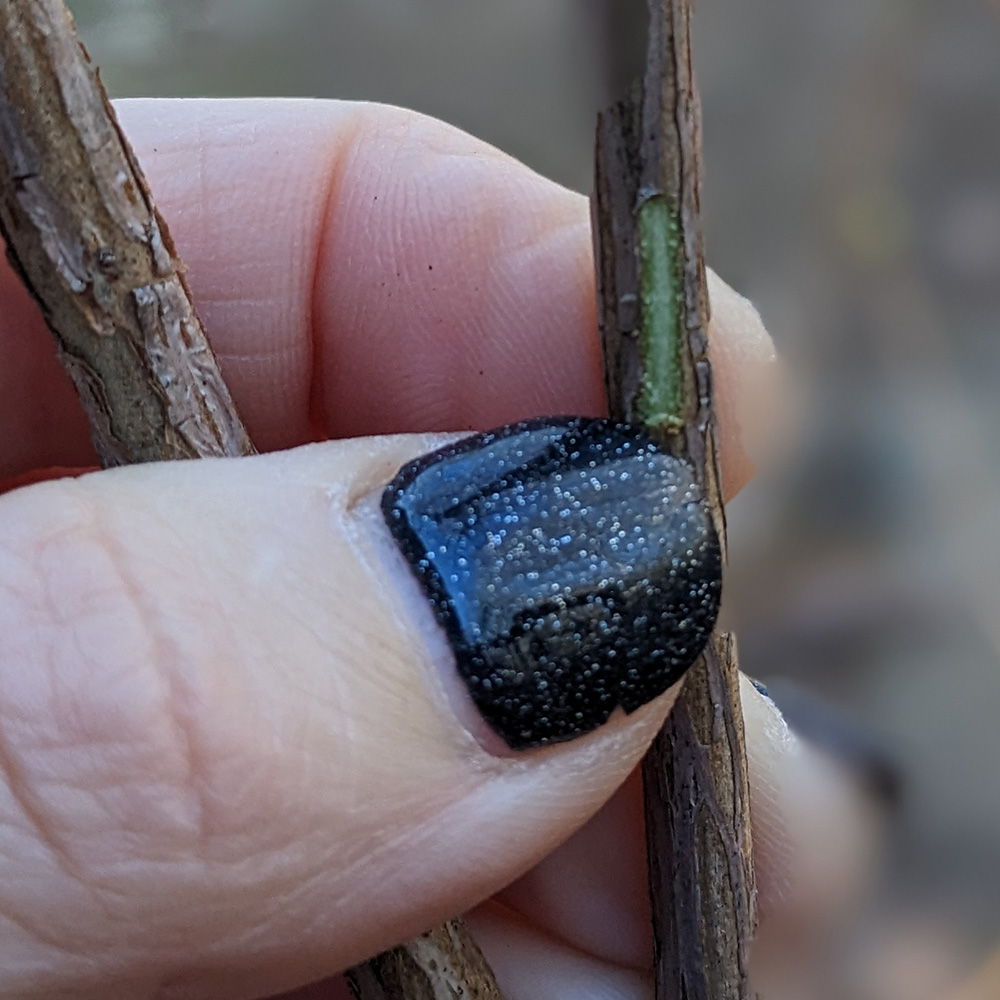 Tip: How to tell if a plant is still alive after an unexpected freezeIf you are concerned about whether a plant is still alive, you can always perform a “scratch test.” This can be done by gently removing (scratching off) a small section of the bark on small stems or twigs to expose the cambium. Green tissue indicates a living stem. If the tissue is brown, then it is dead. Keep in mind that different plant tissues (leaves, buds, stems) on the same plant can vary in cold hardiness. So the impacts may differ due to plant tissue type, age, and health as well as to drainage, snow cover, air flow, and microclimates. |
Plants in containers on decks and patios will have more damage than those same plants in the ground. This is because the roots are less insulated from the cold. And a practice that won’t be helpful after this severe stress is fertilization. Whether dead or dormant, plants are not taking up many nutrients right now, so do not fertilize them.
In the short term, make sure to manage any drainage issues to prevent waterlogging on lawns and landscapes that are already stressed. Likewise, monitor moisture levels to ensure that landscape plants, especially evergreens, don’t dry out. For long-lived plants, the effects of such stress events may be variable and take a while to become evident. It is important to understand this and to further reduce other stressors in the coming months as much as possible (manage pests, irrigate if needed, prune carefully). As the effects become clear, we’ll either be relieved to see the return of old plant favorites or we’ll get to select some exciting new plants for our lawns and landscapes.
For more on preventing and repairing winter damage to plants, go here.
—This article was submitted as a courtesy of the University of Tennessee.
Photos: courtesy of the University of Tennessee
Fine Gardening Recommended Products

Fine Gardening receives a commission for items purchased through links on this site, including Amazon Associates and other affiliate advertising programs.
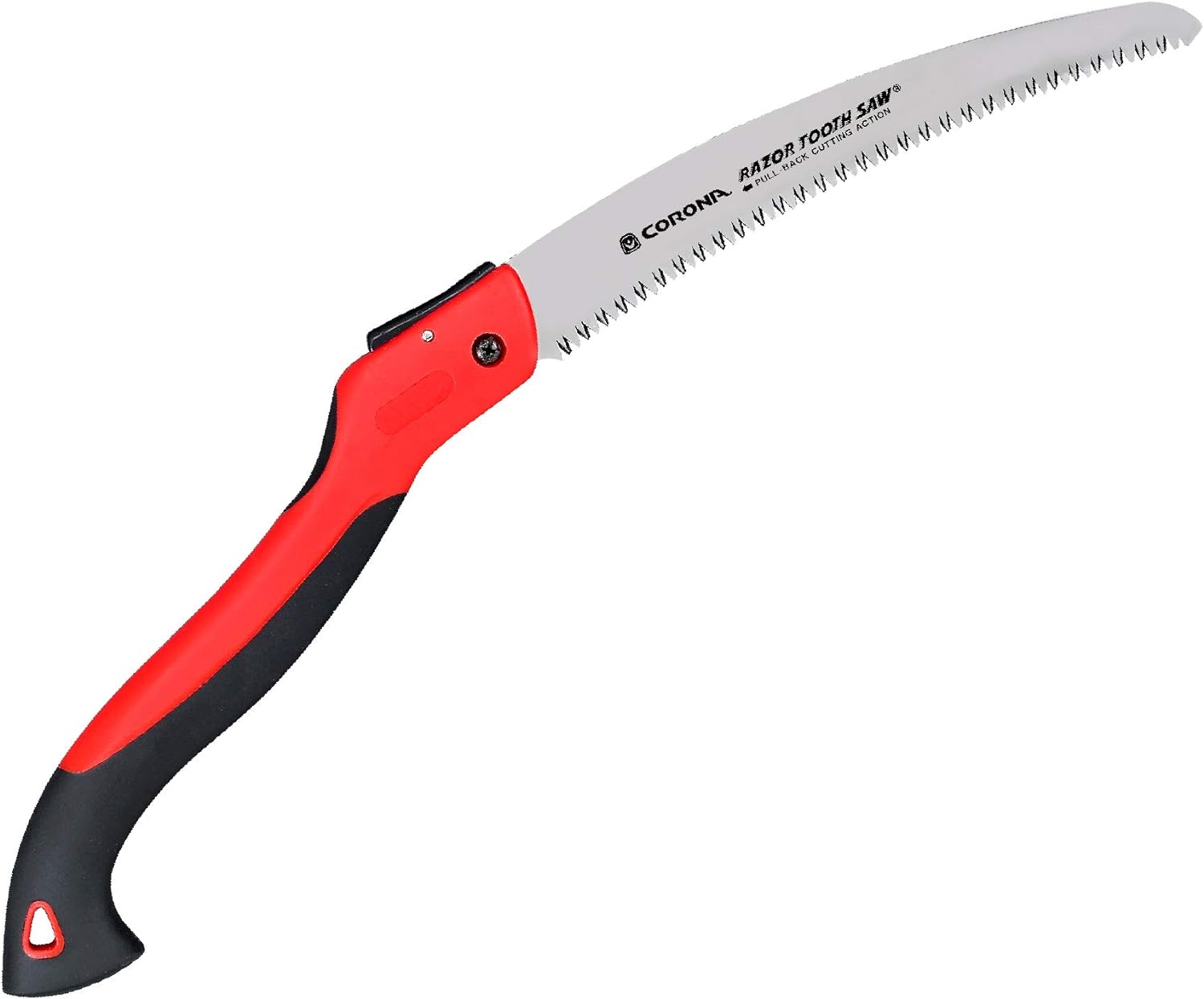
Corona Tools 10-Inch RazorTOOTH Folding Saw
Fine Gardening receives a commission for items purchased through links on this site, including Amazon Associates and other affiliate advertising programs.

SHOWA Atlas 370B Nitrile Palm Coating Gloves, Black, Medium (Pack of 12 Pairs)
Fine Gardening receives a commission for items purchased through links on this site, including Amazon Associates and other affiliate advertising programs.

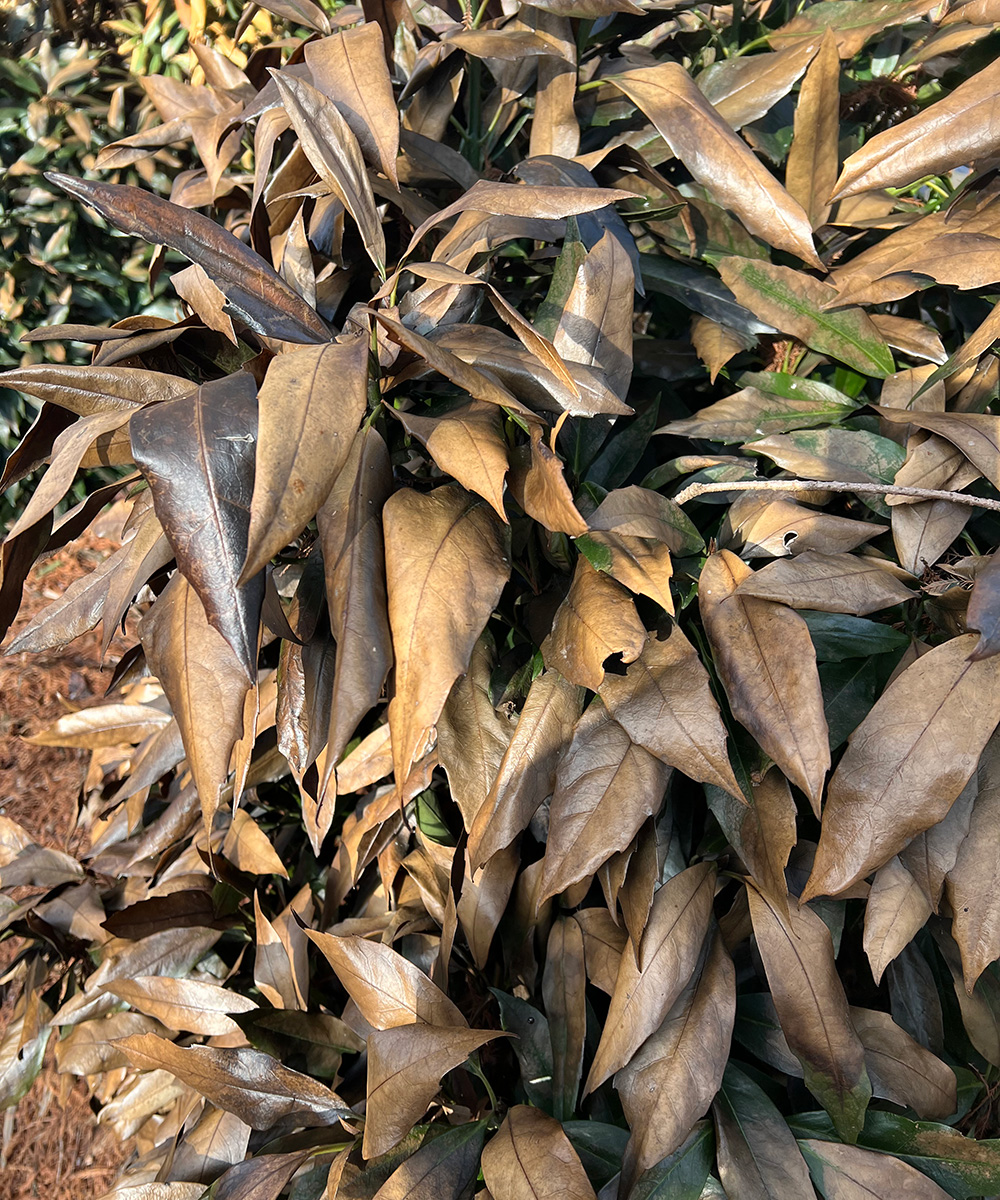
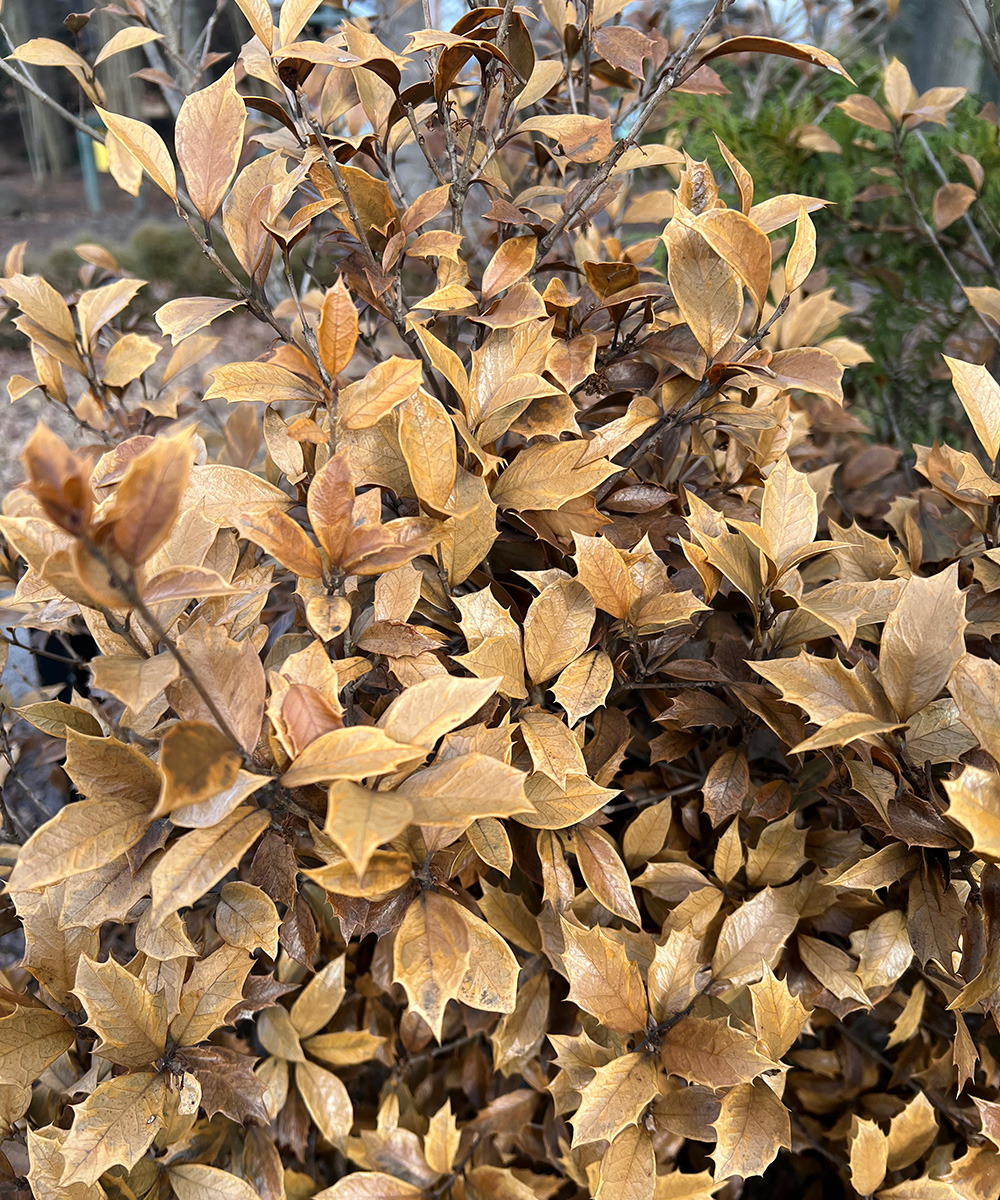

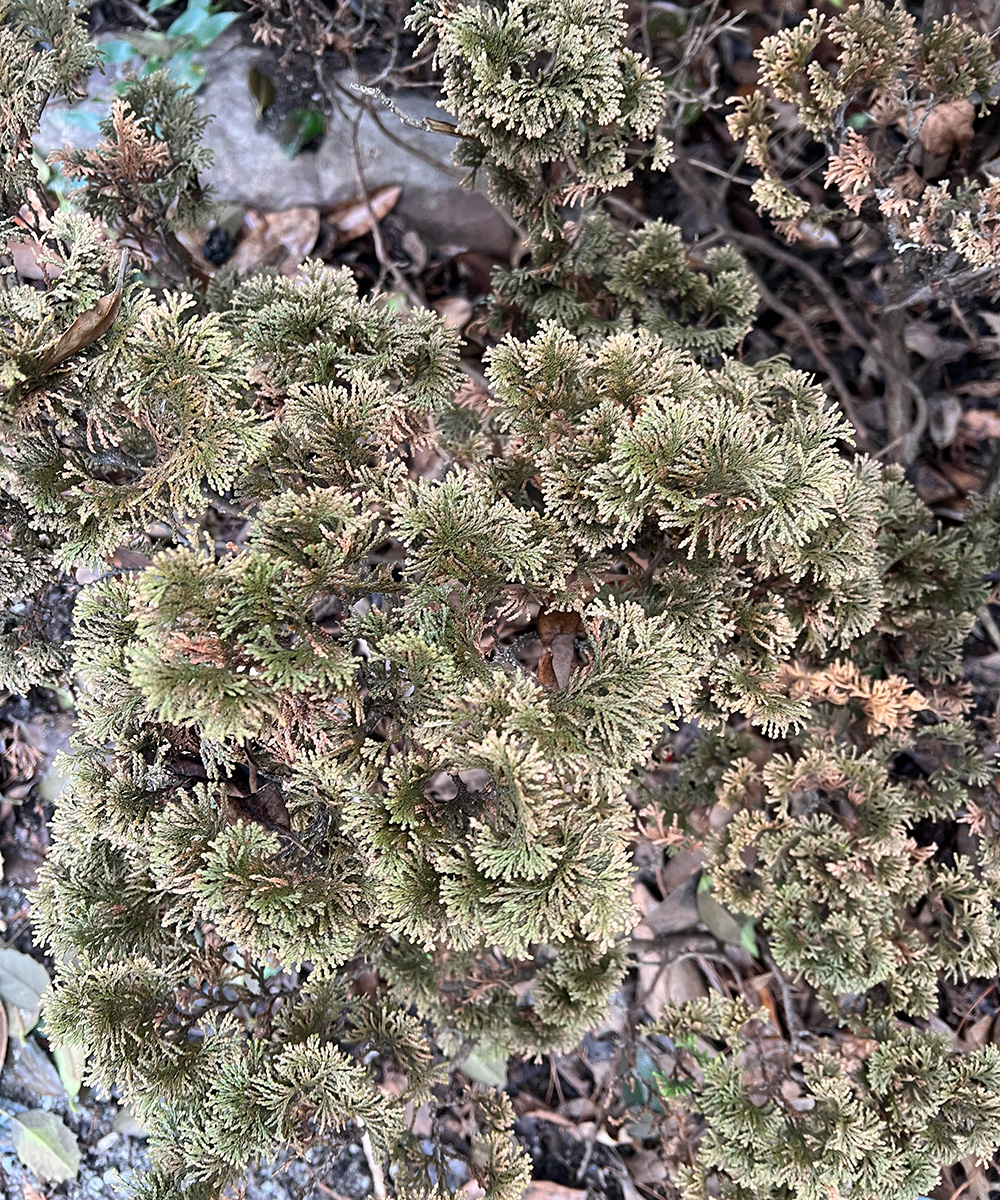
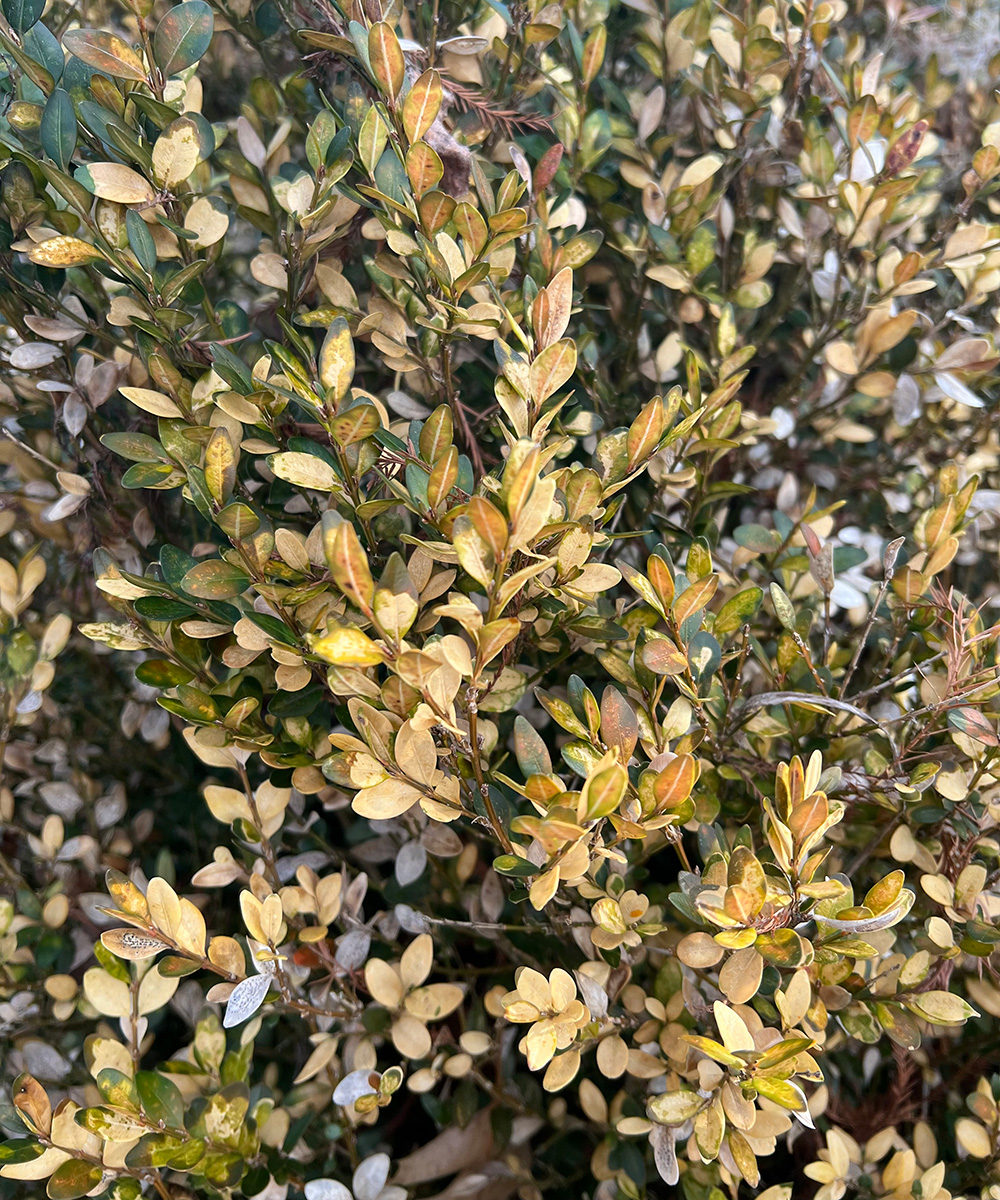
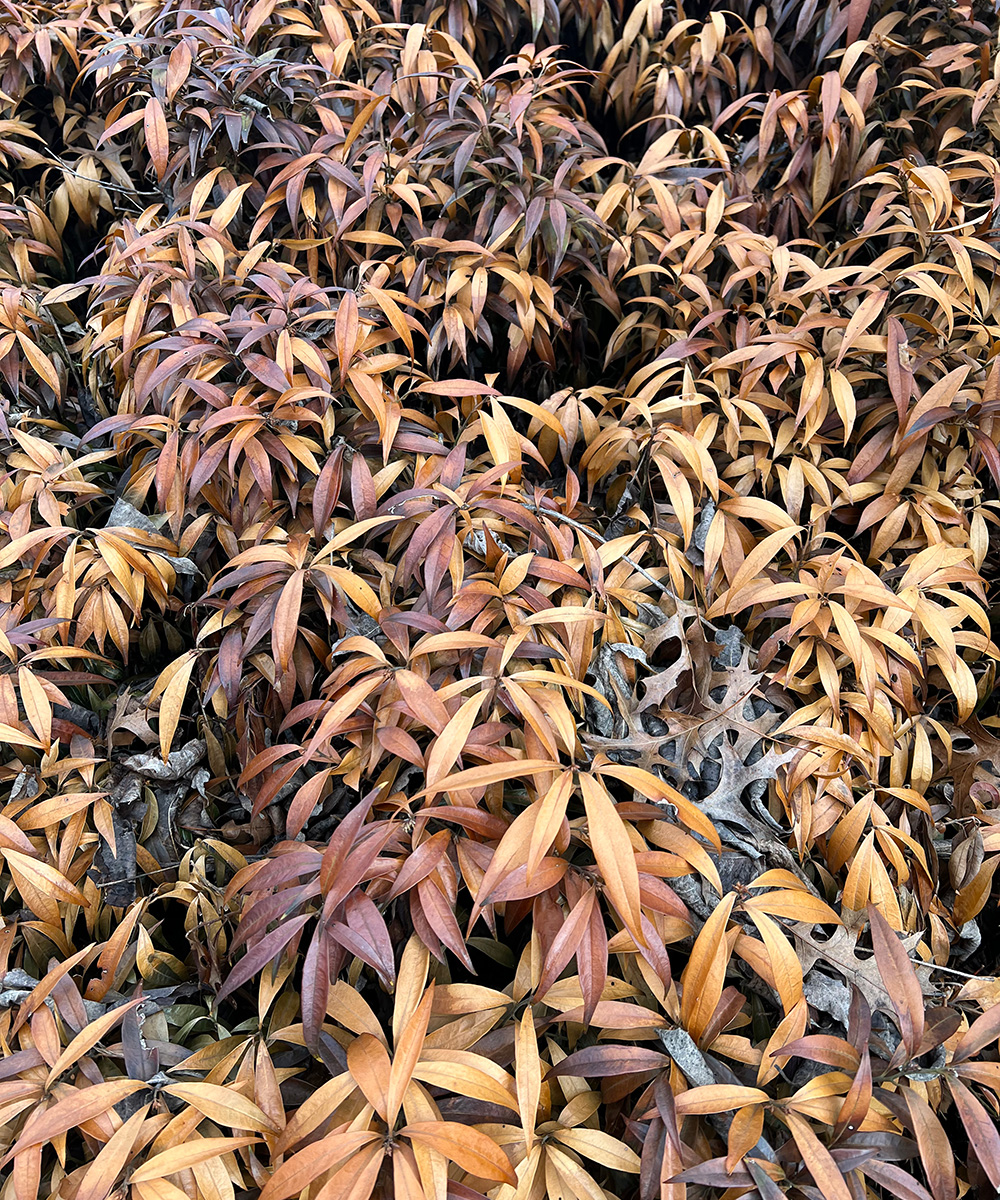
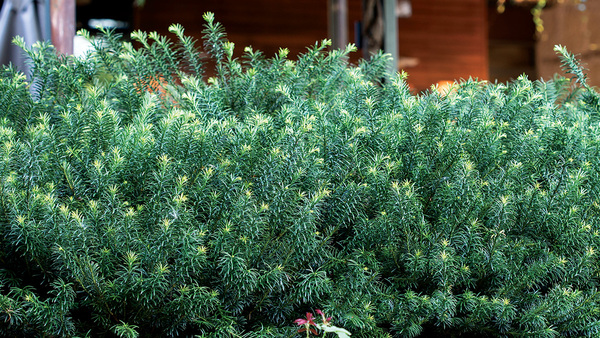


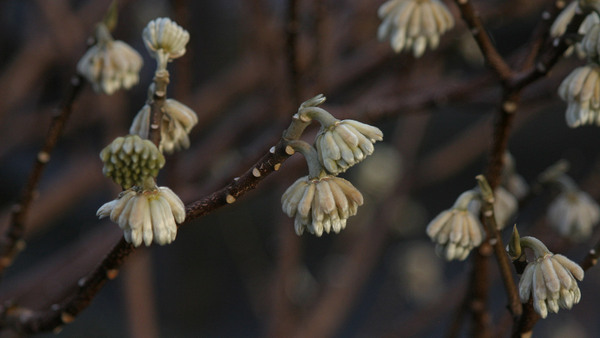













Comments
Log in or create an account to post a comment.
Sign up Log in